World Heritage Mungo National Park is where Aboriginal people have walked in the footsteps of their ancestors since the Dreamtime. There is also a pastoral history where landholders endured often tough conditions, leaving behind woolsheds and ruins to explore. Join a tour to learn about the ancient history and tackle the Mungo Track to learn more about the pastoralists.
This adventure begins in Balranald, where the bakery opens before the birds wake, meaning the rolls I picked up before heading north were still warm. The Ivanhoe Road led me out of town before I decided to follow in the footsteps of Burke and Wills and turned onto the dirt road that was named after them.
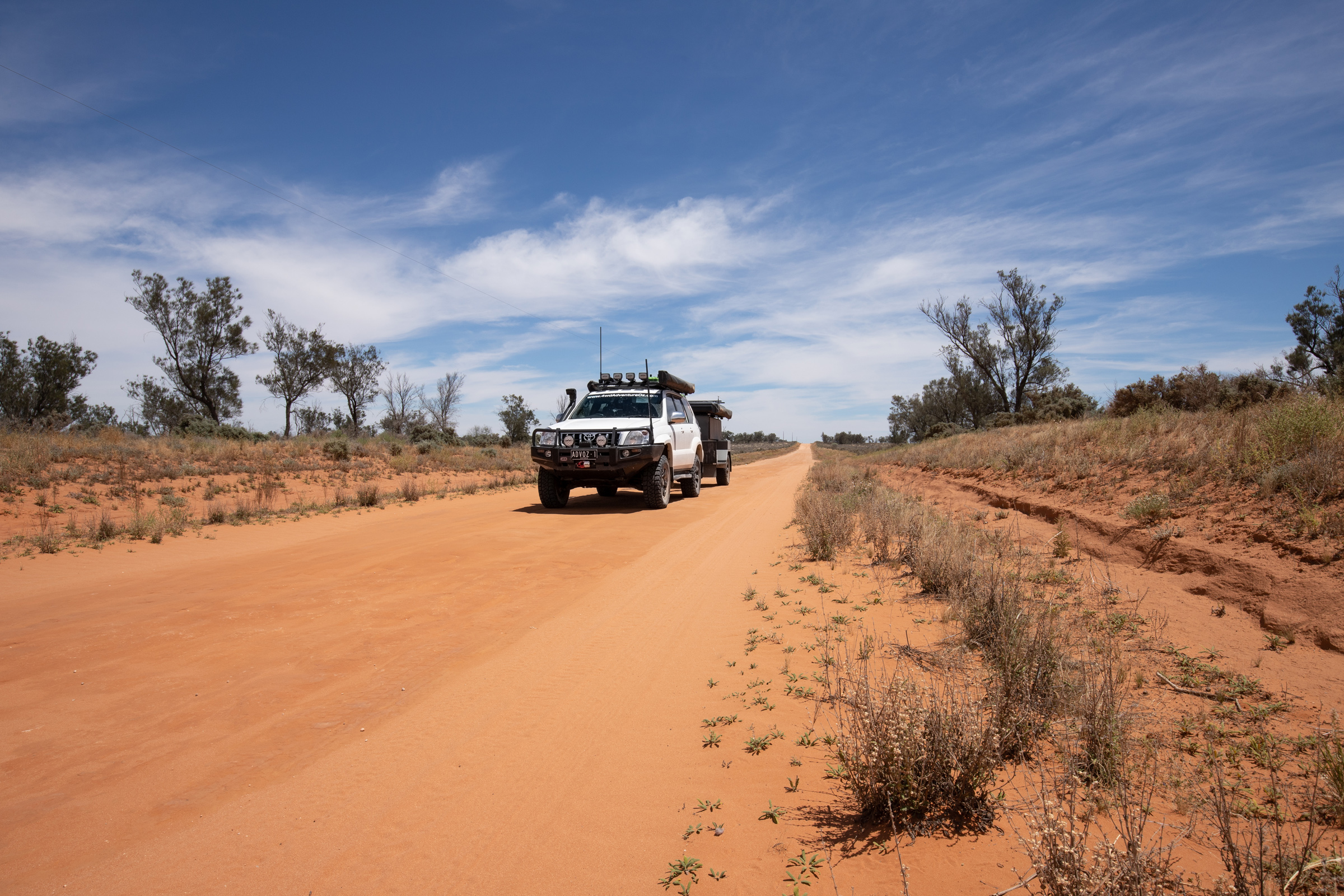


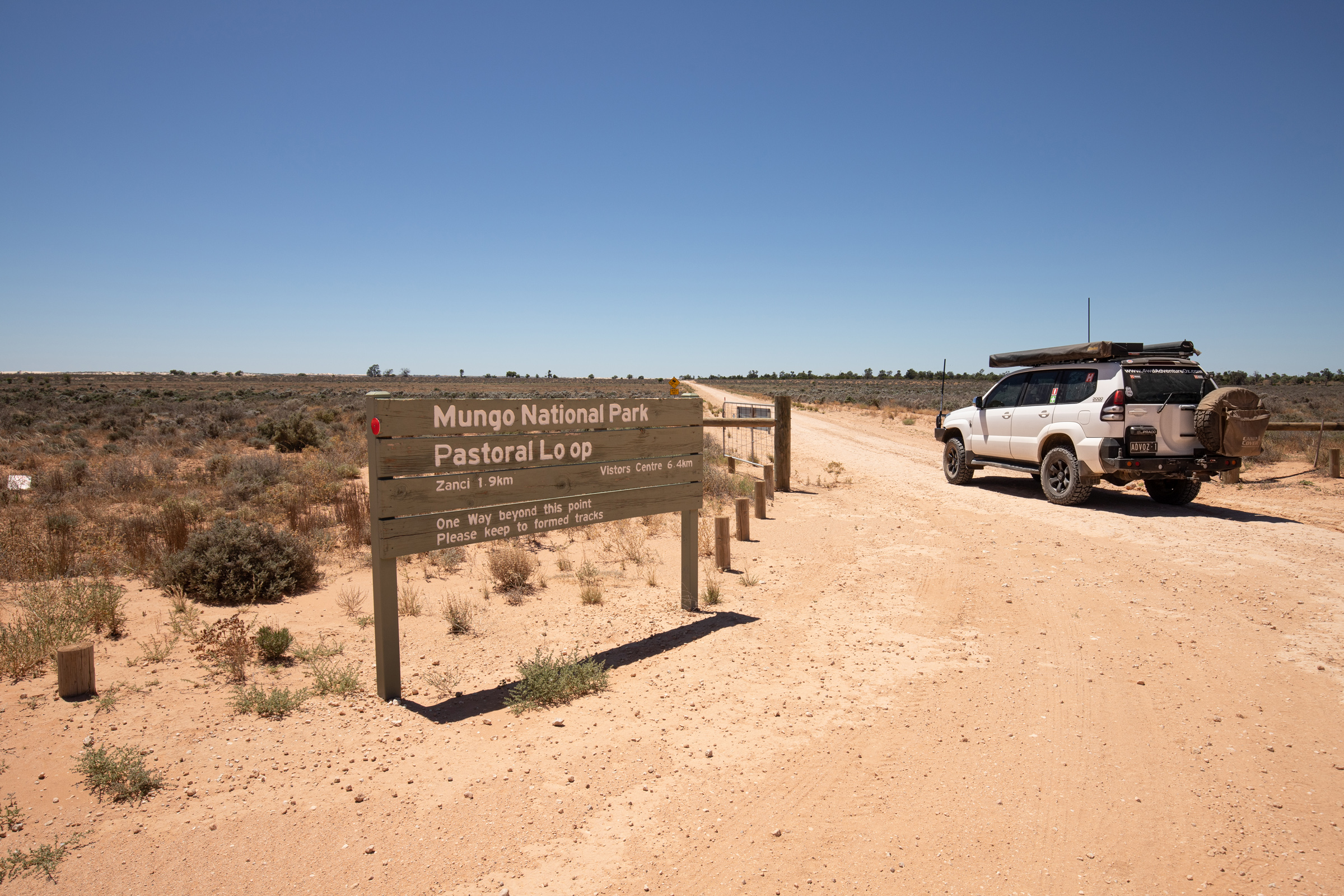
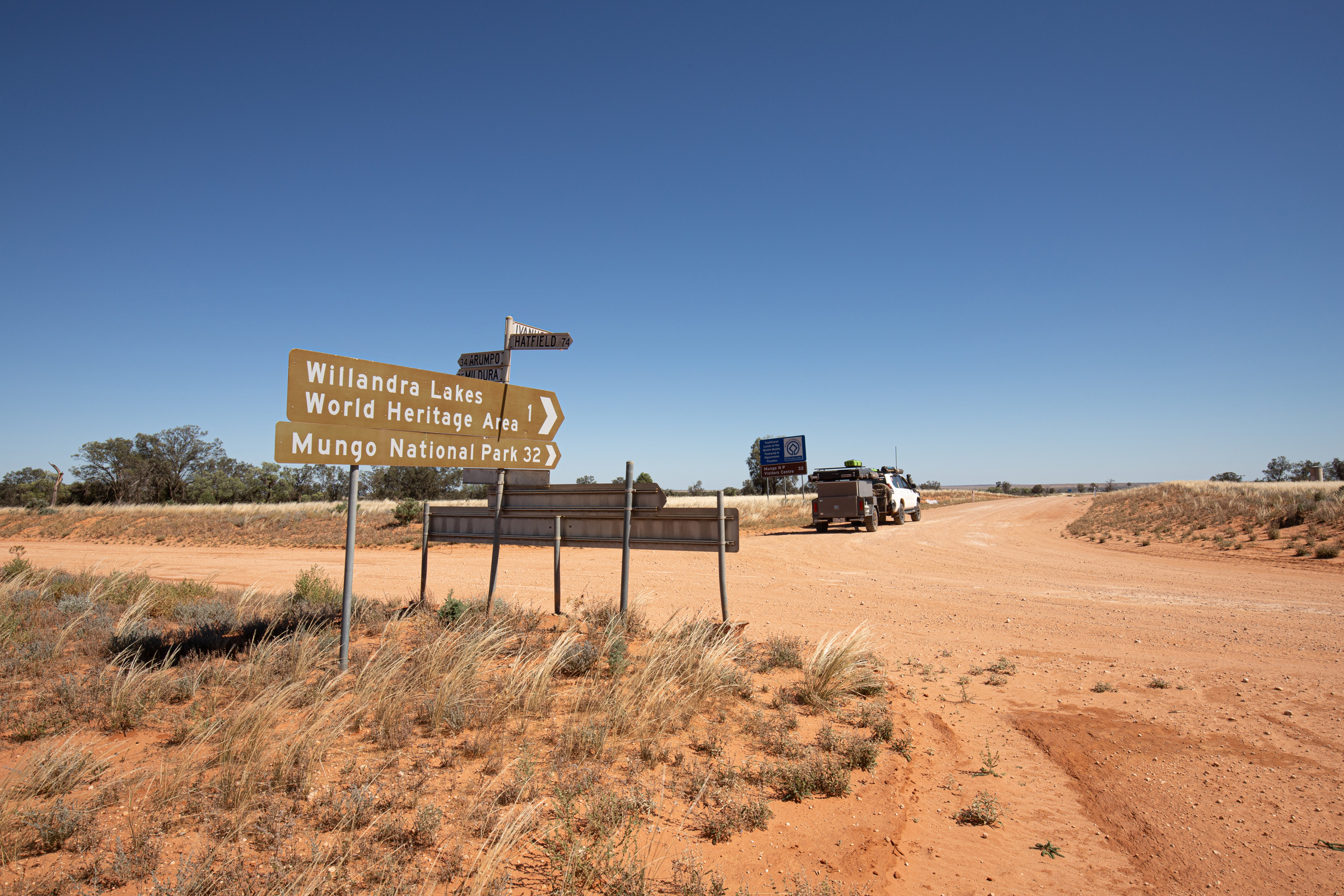
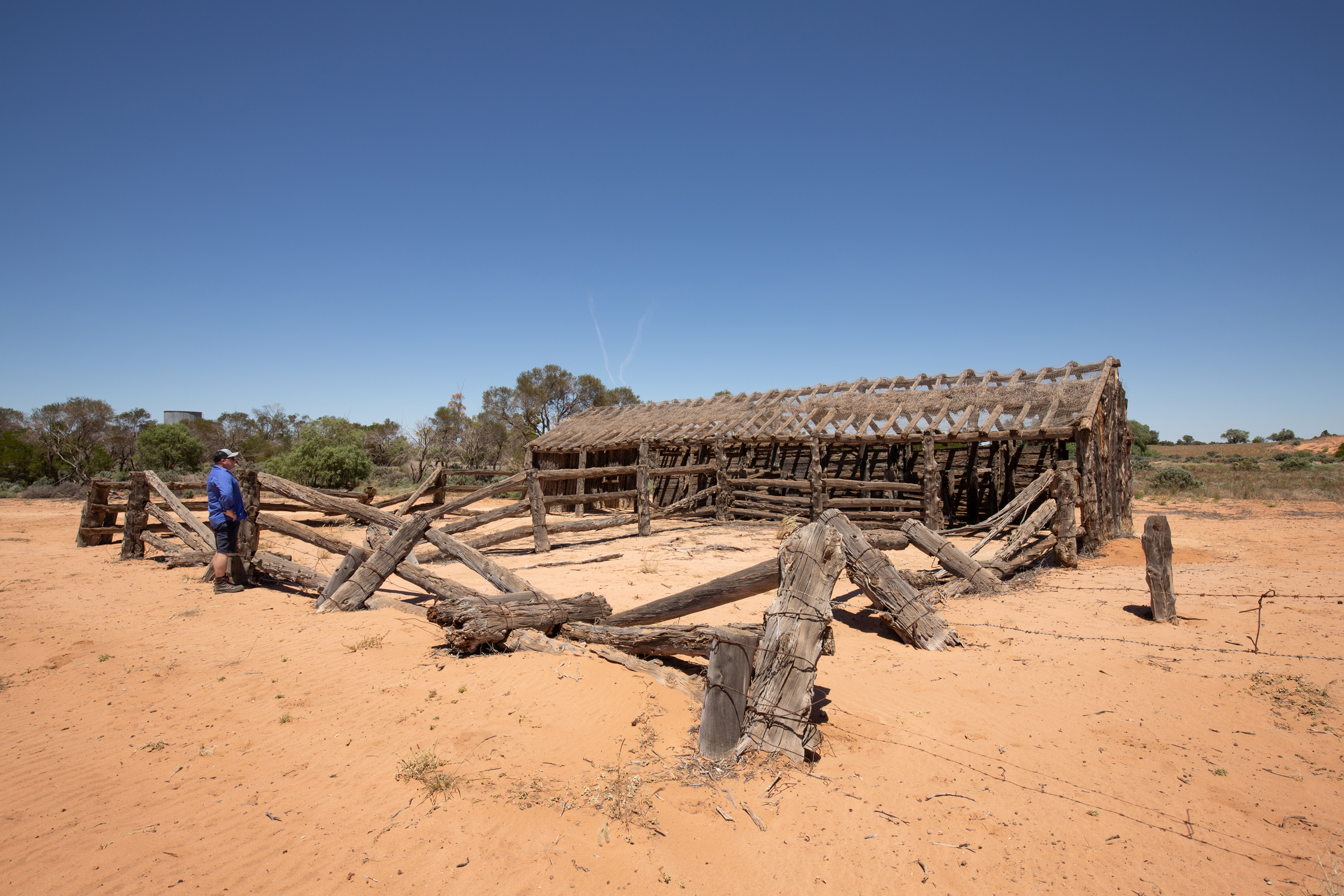
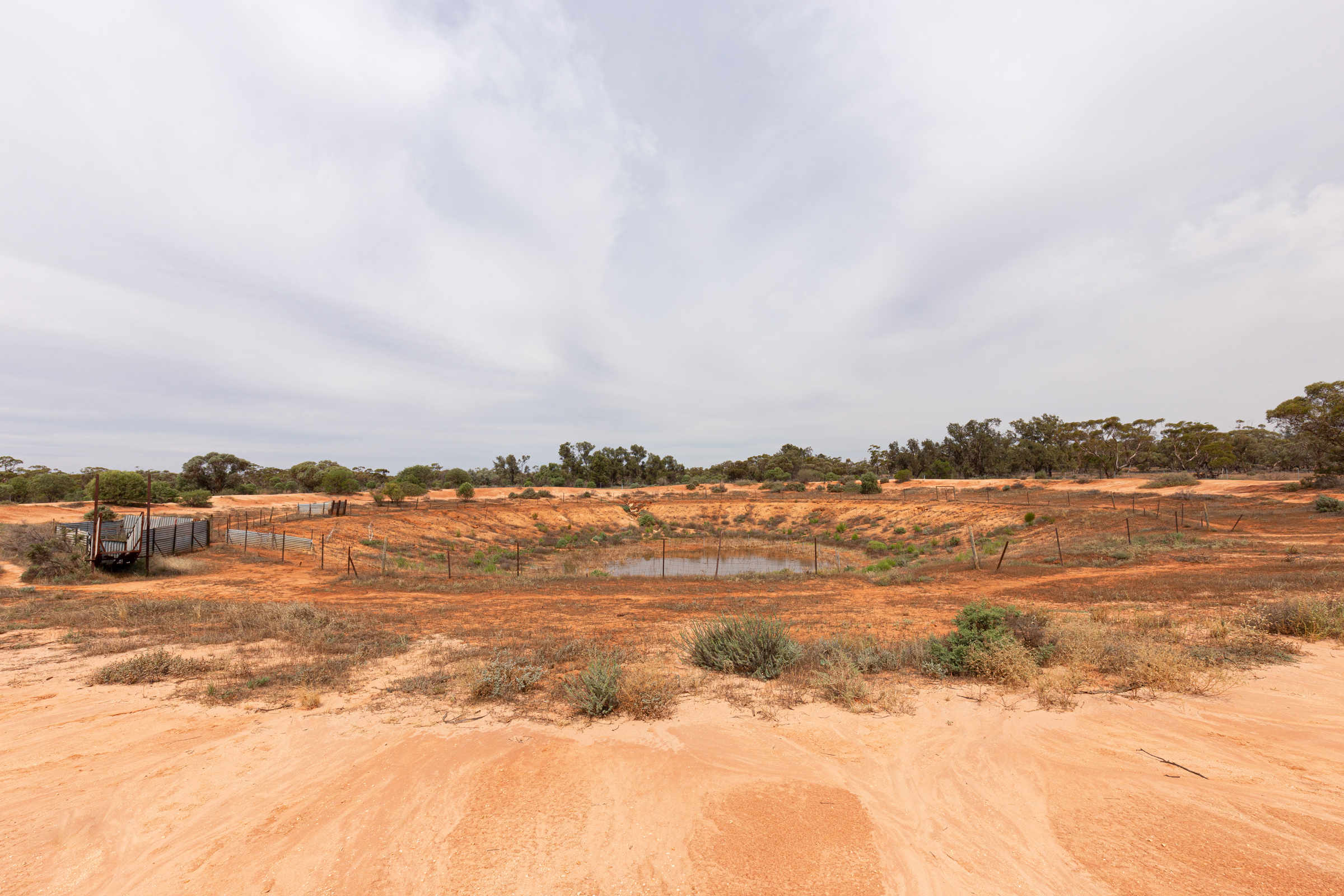

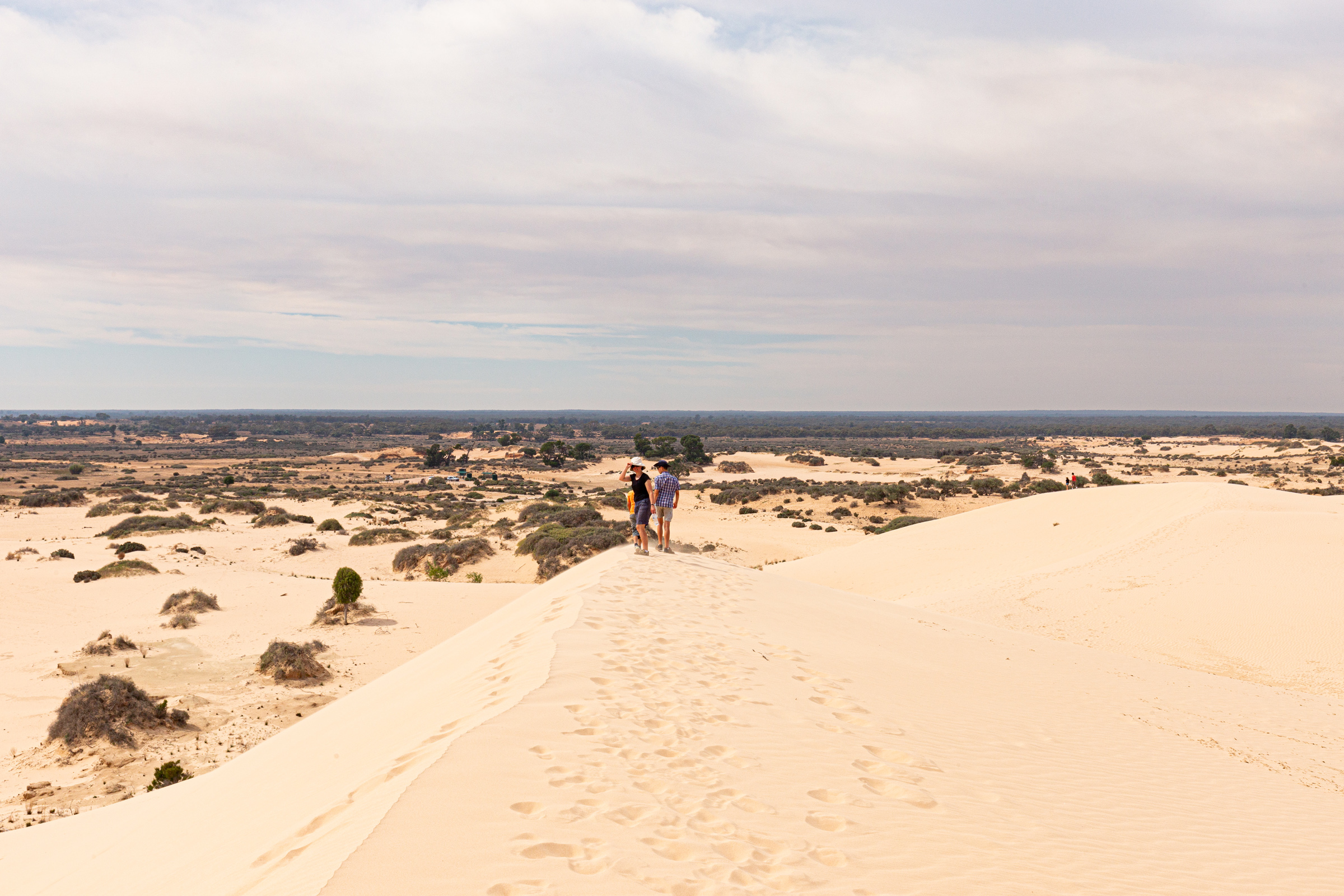
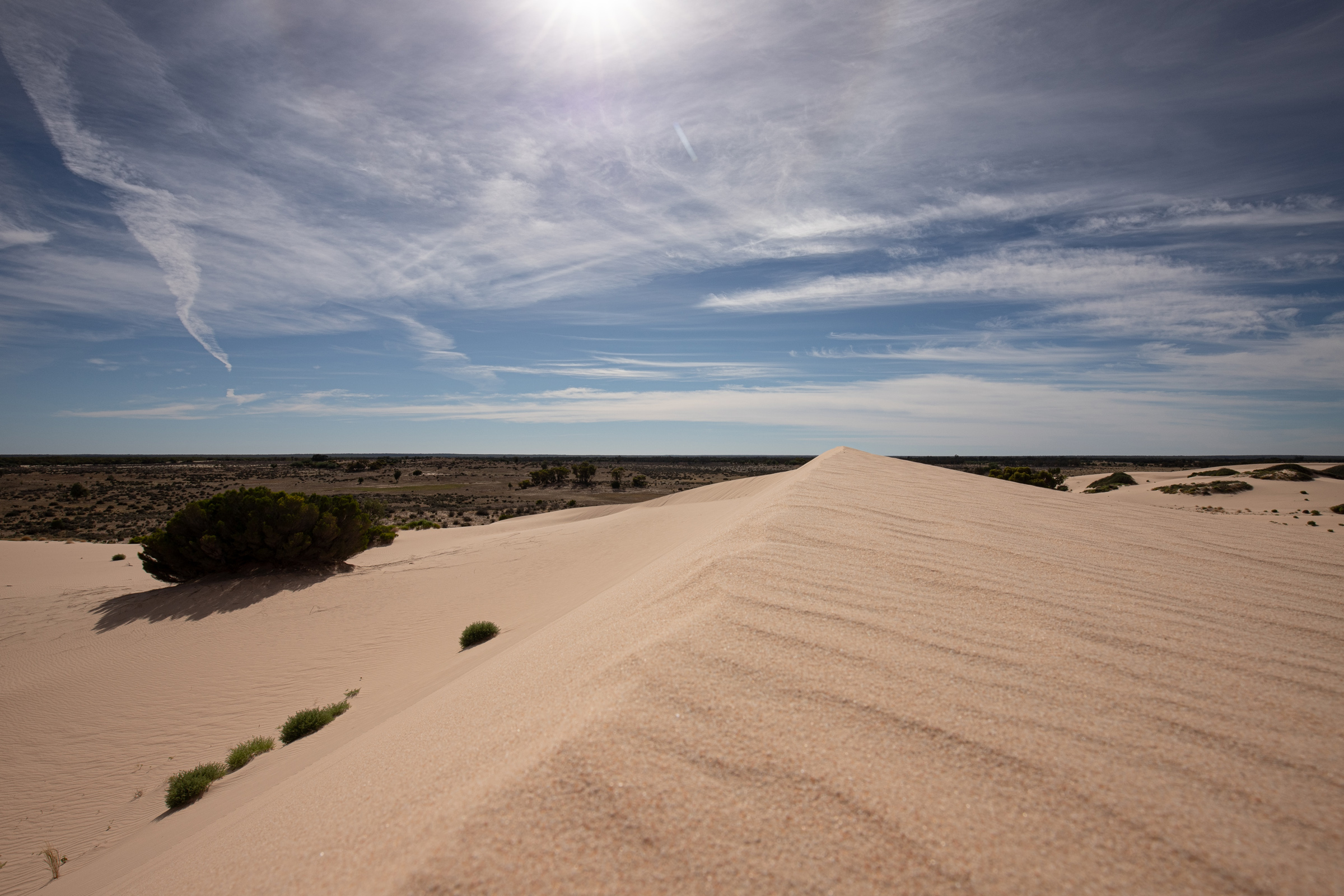
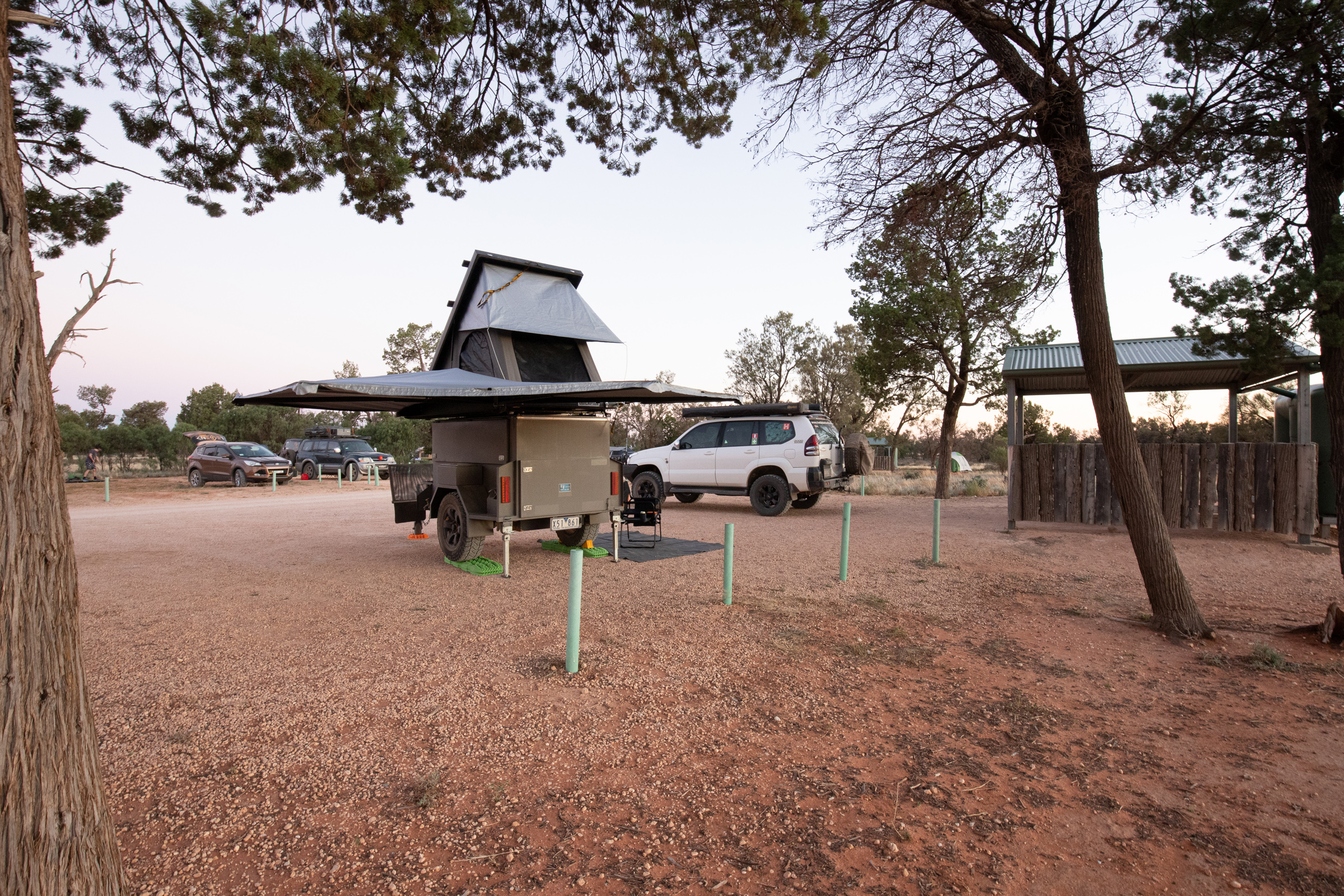
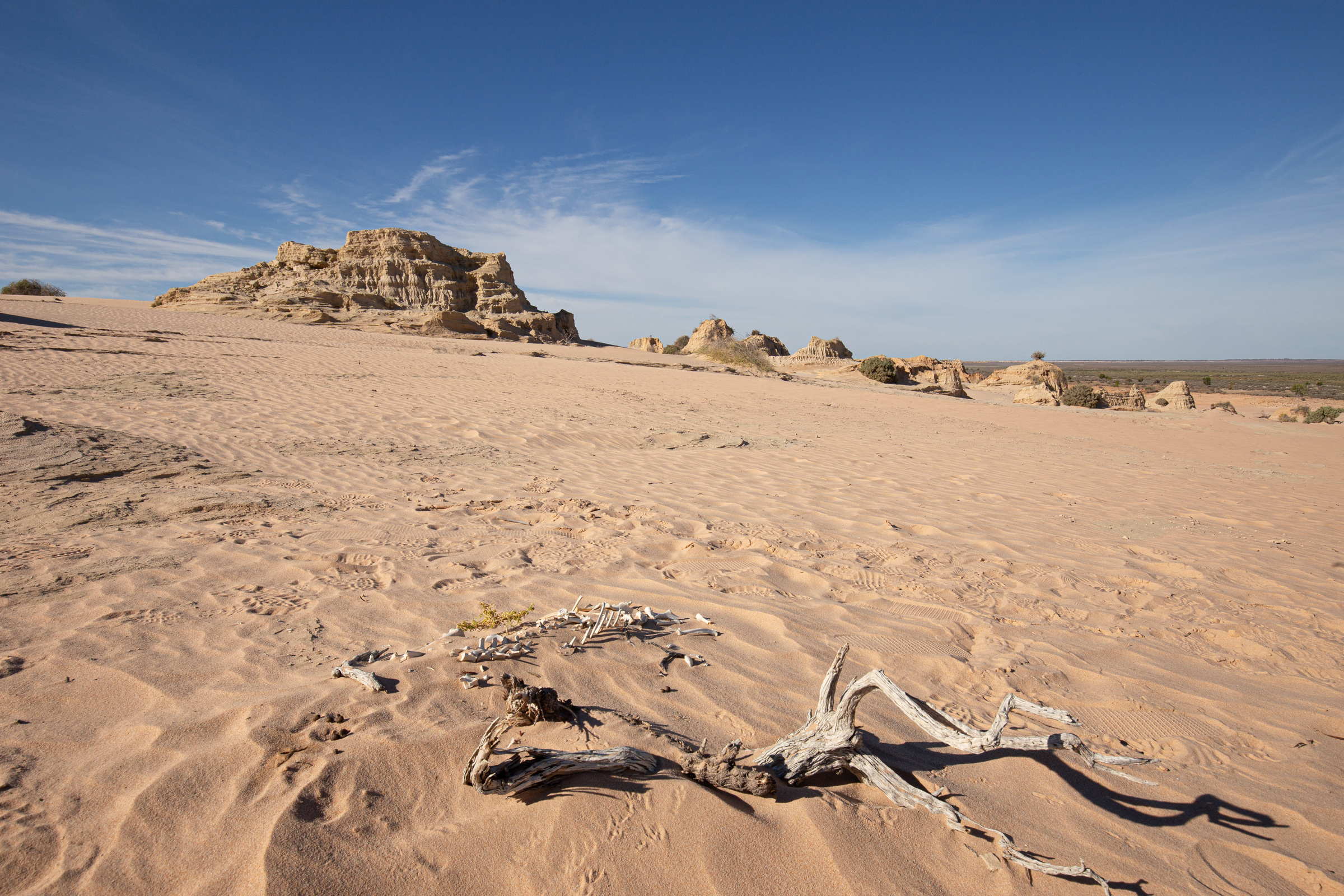
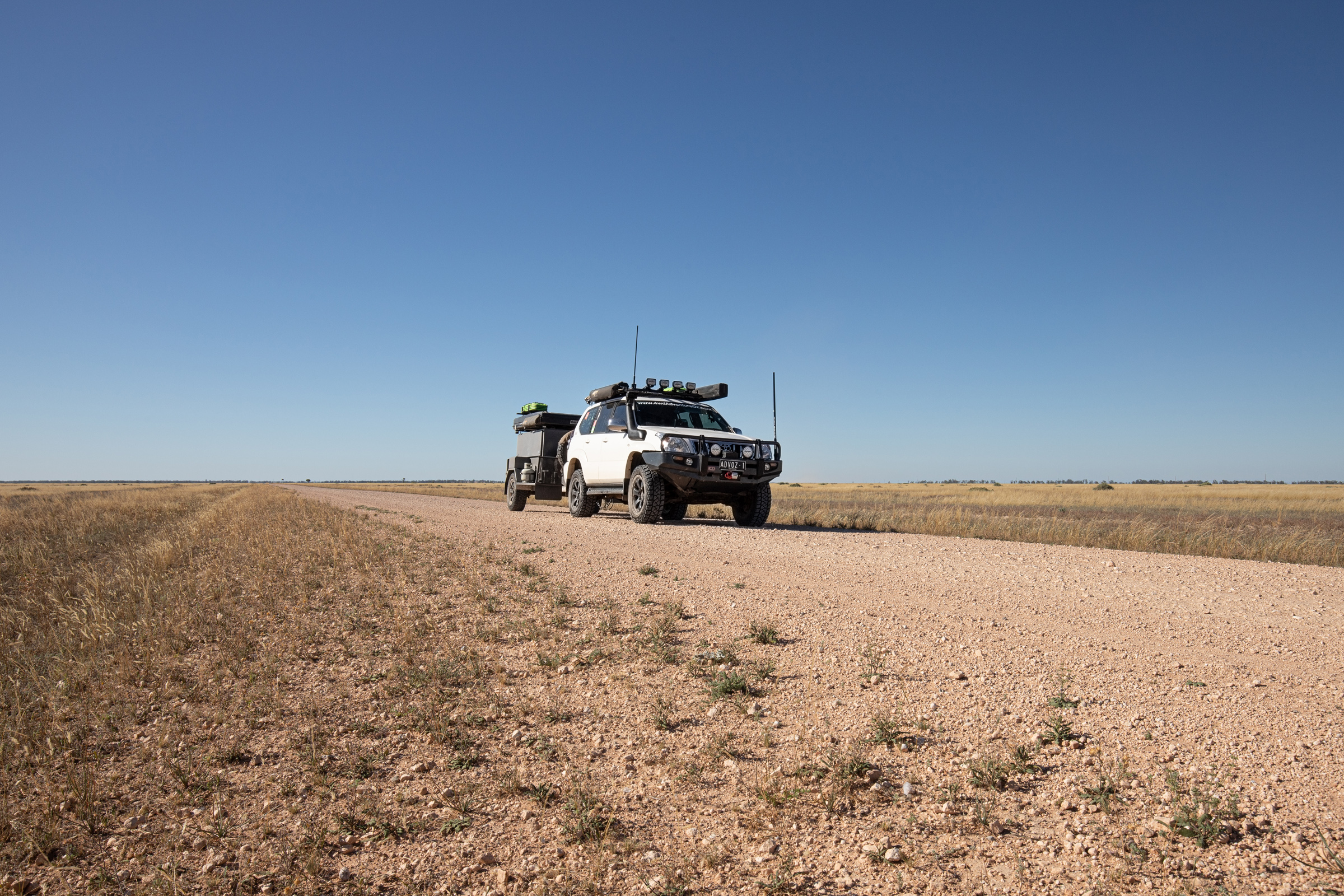
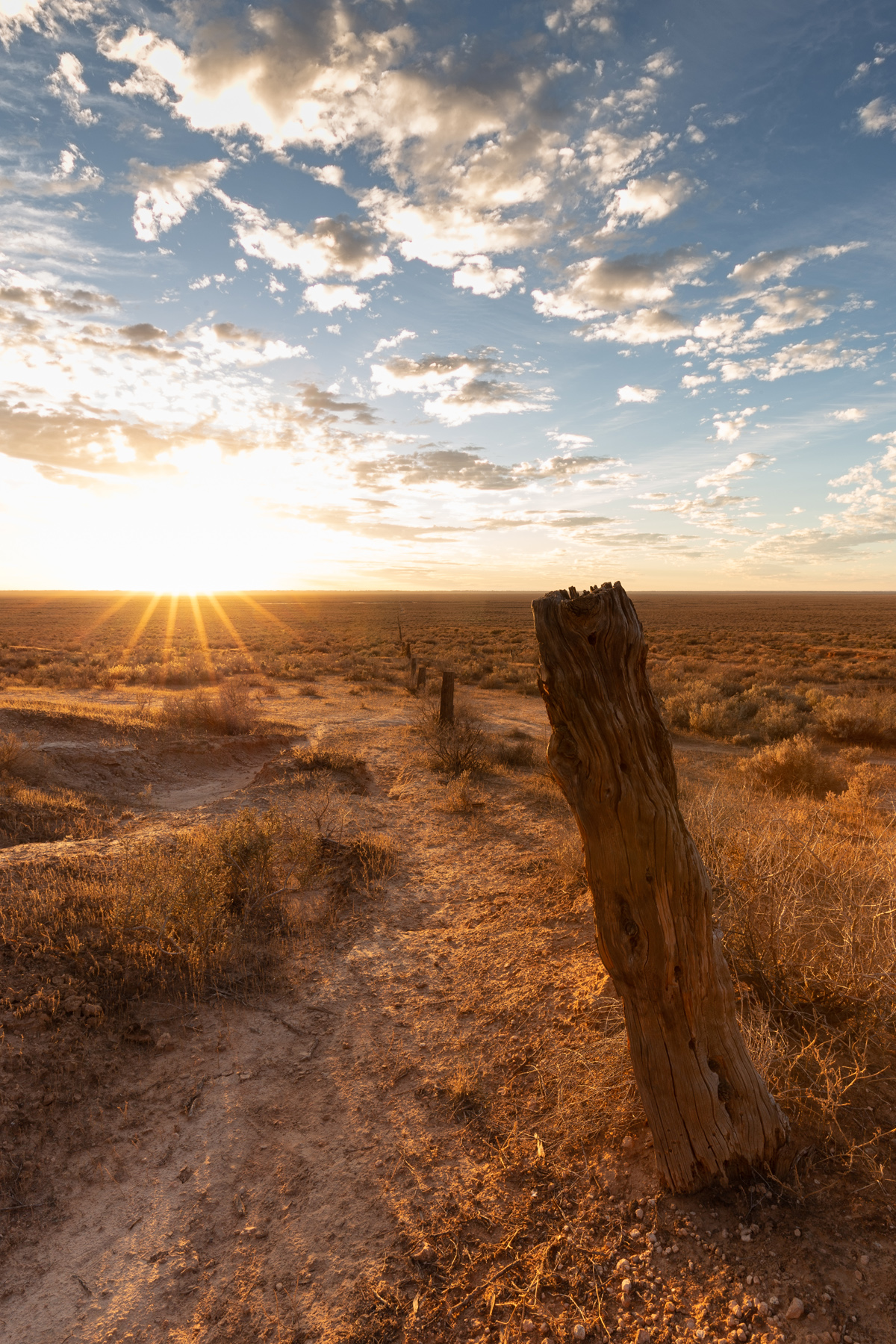
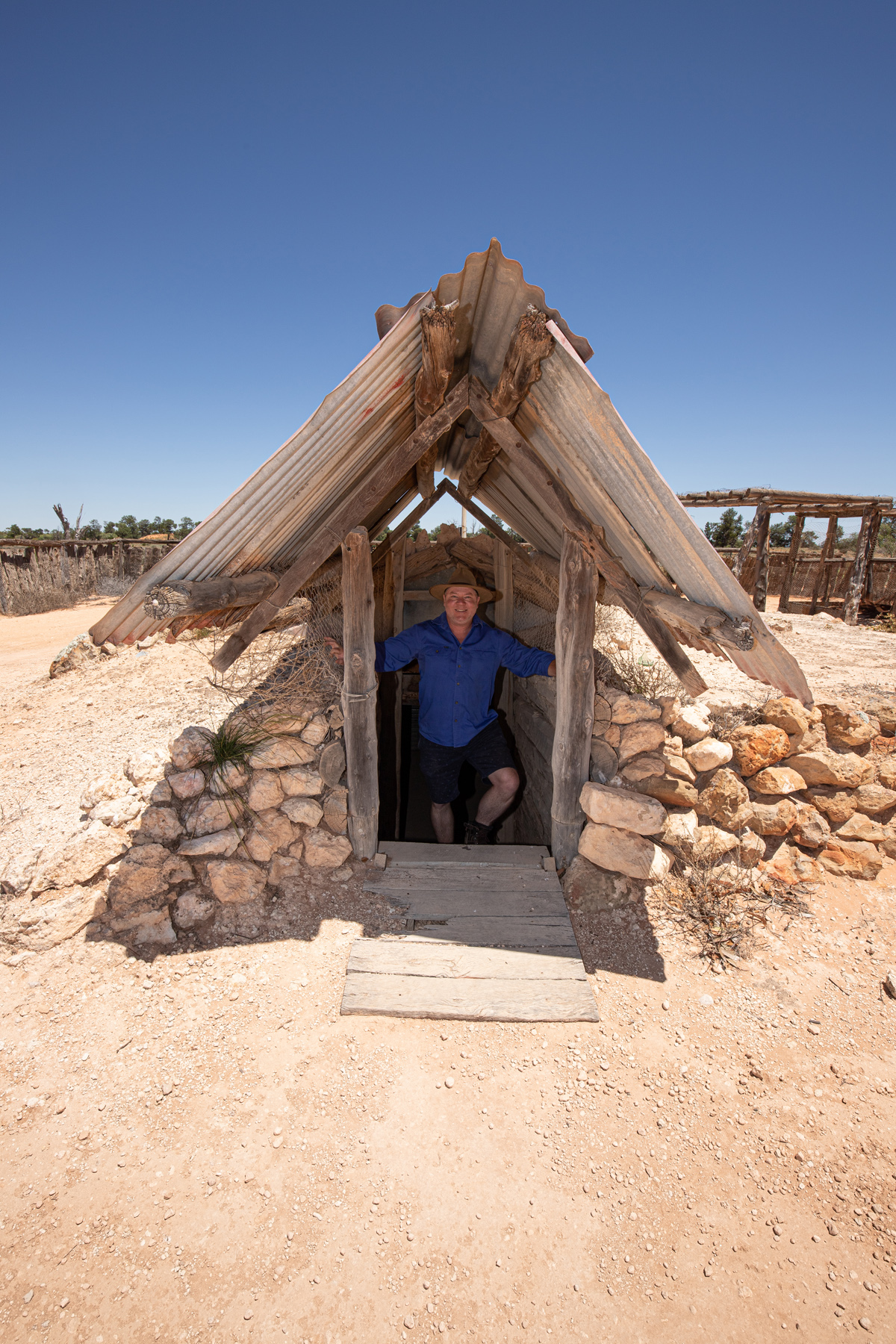
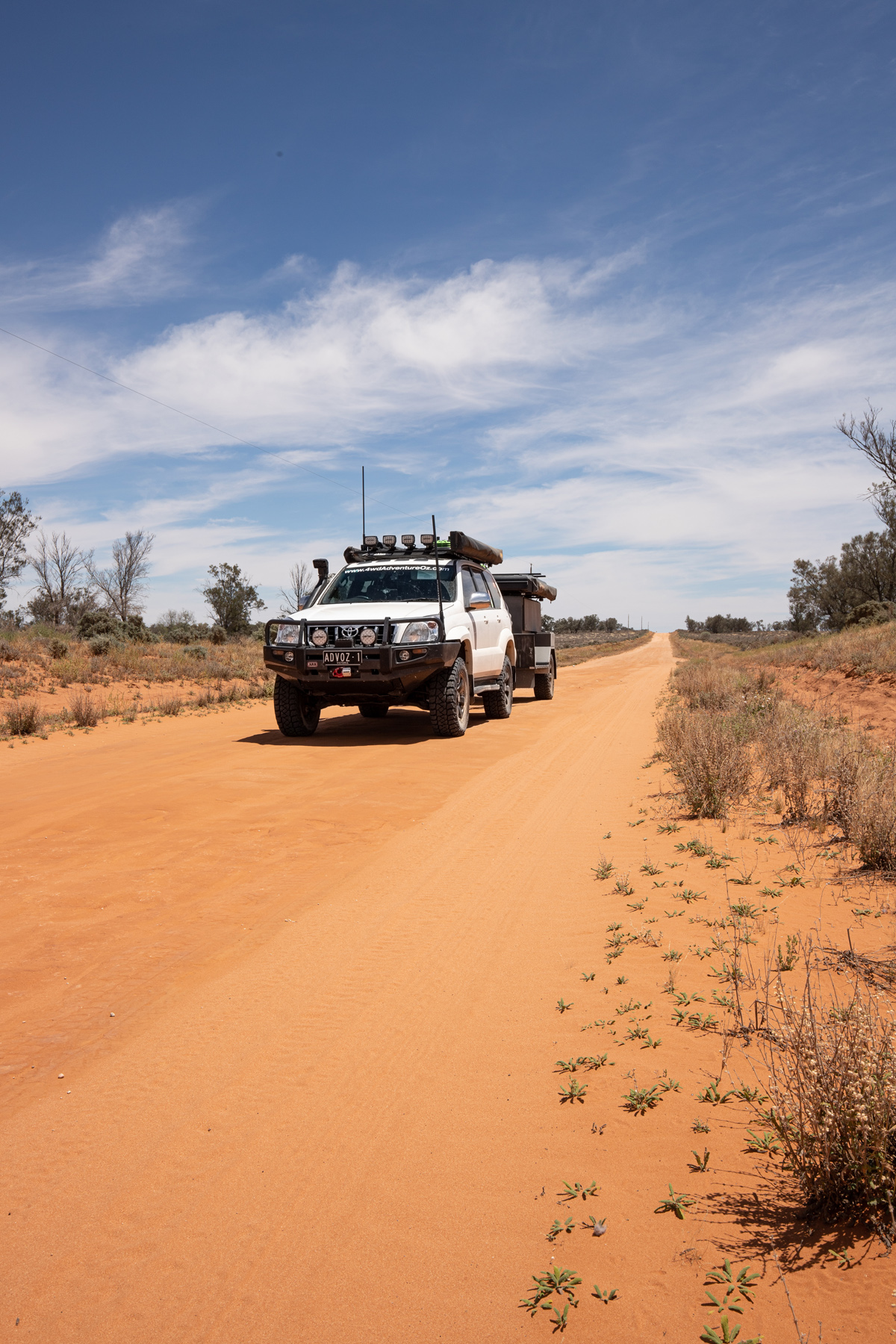
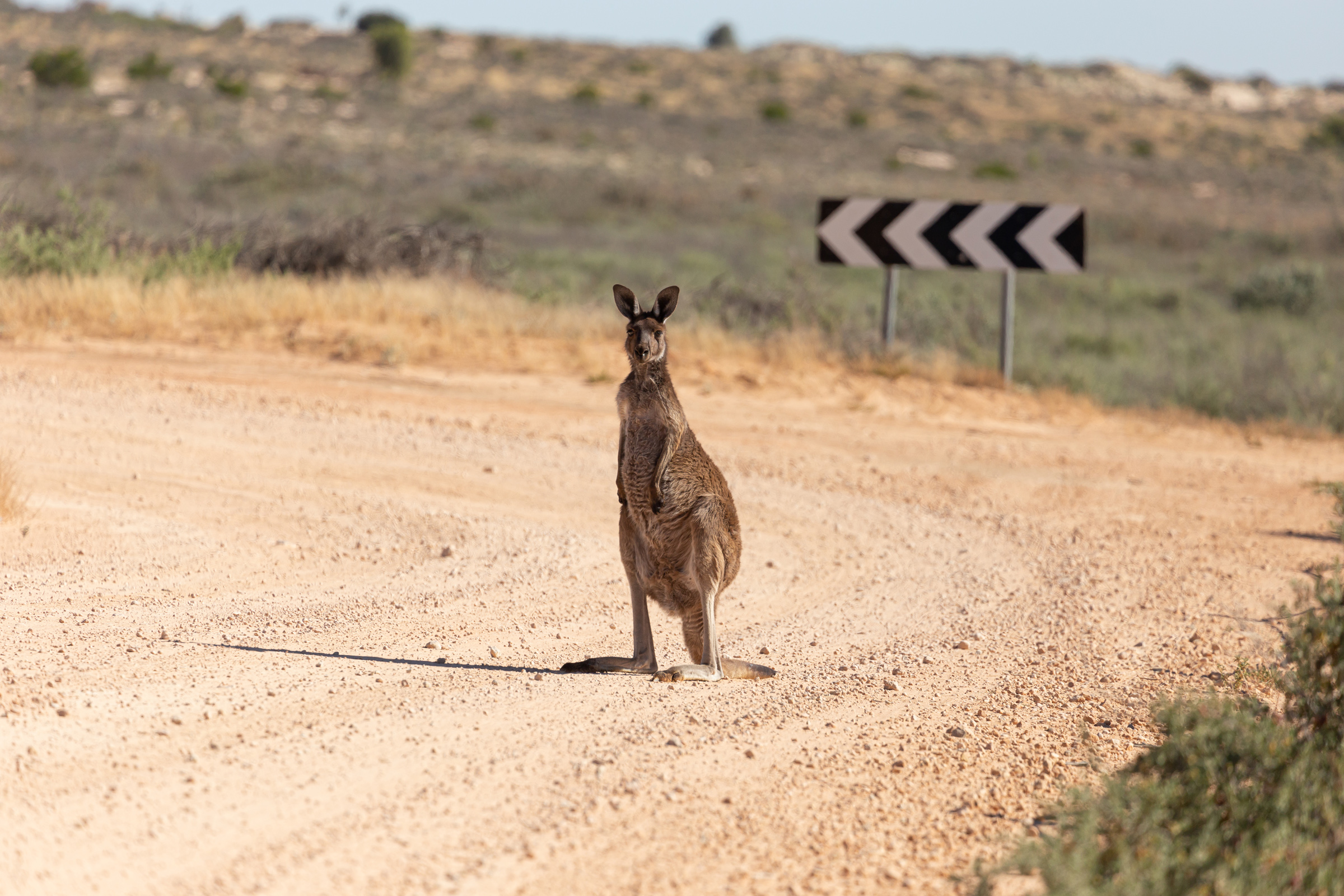
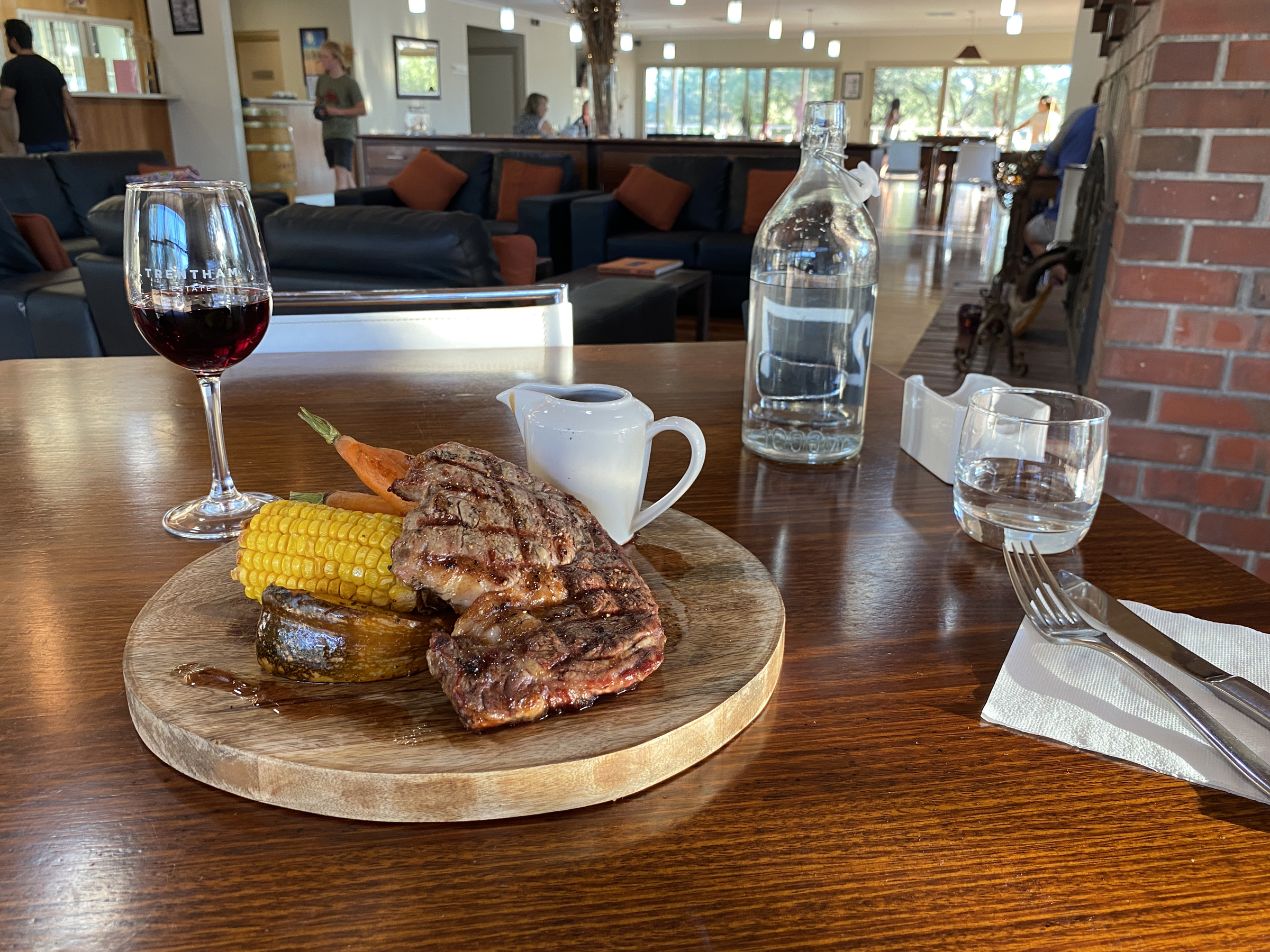
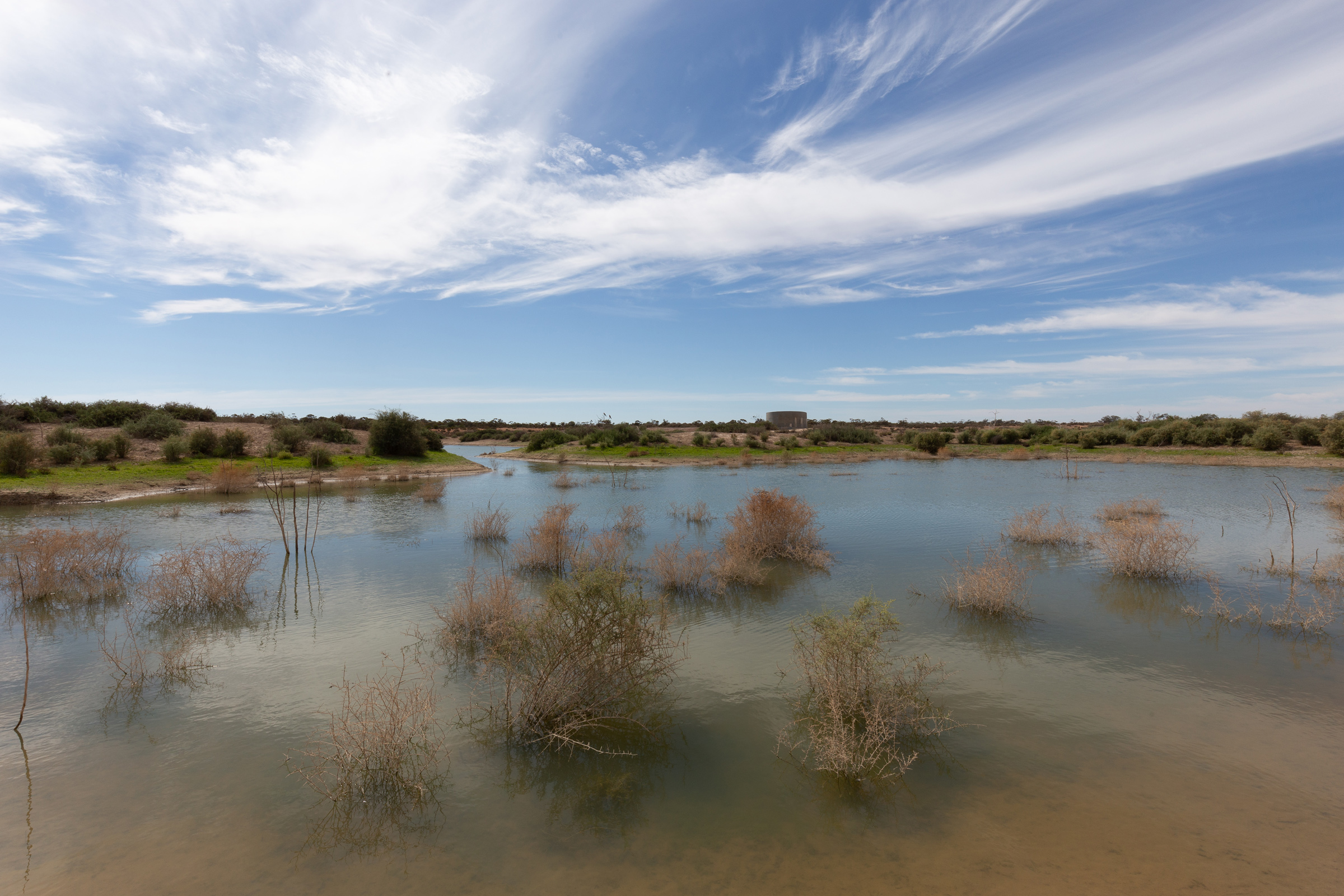
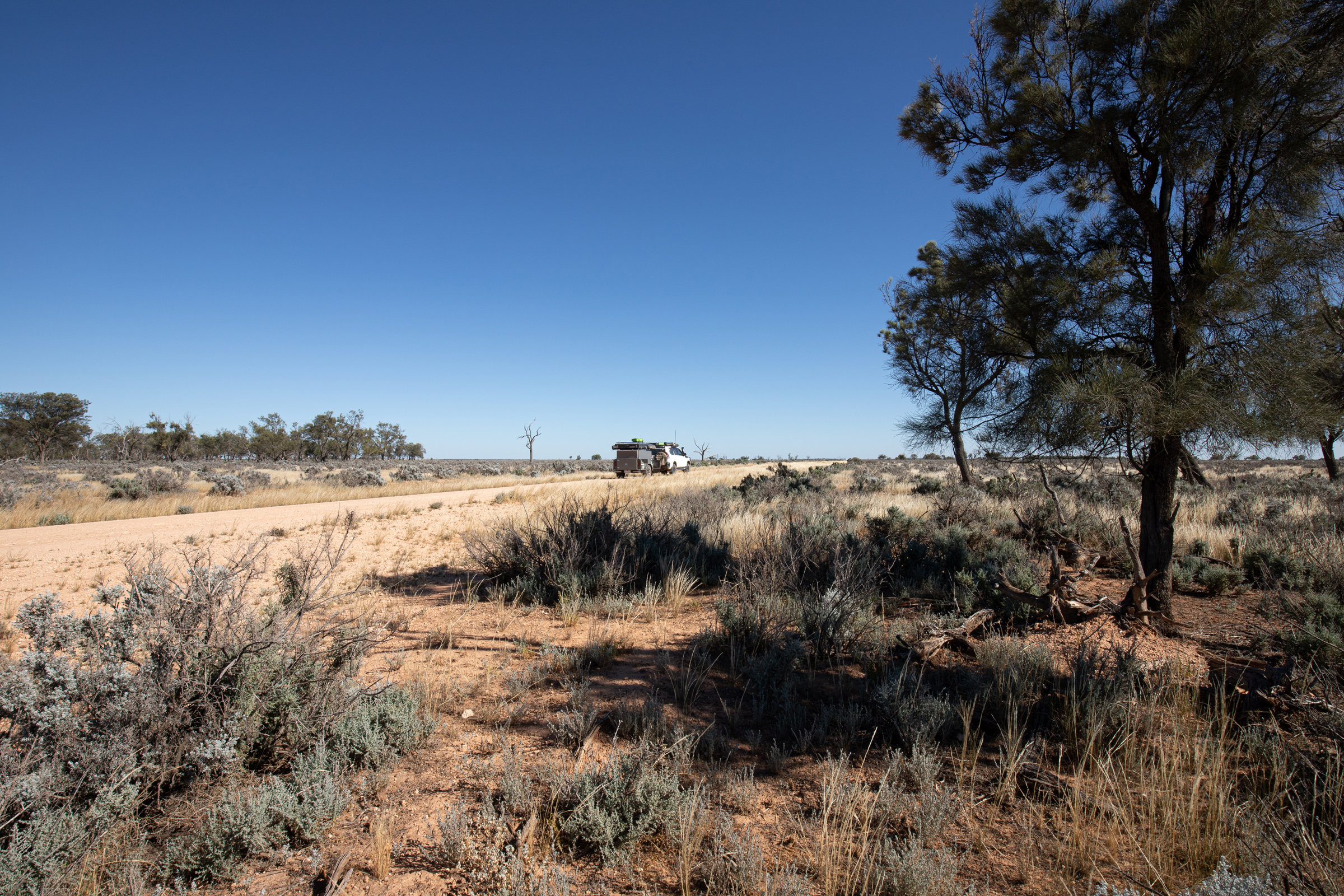
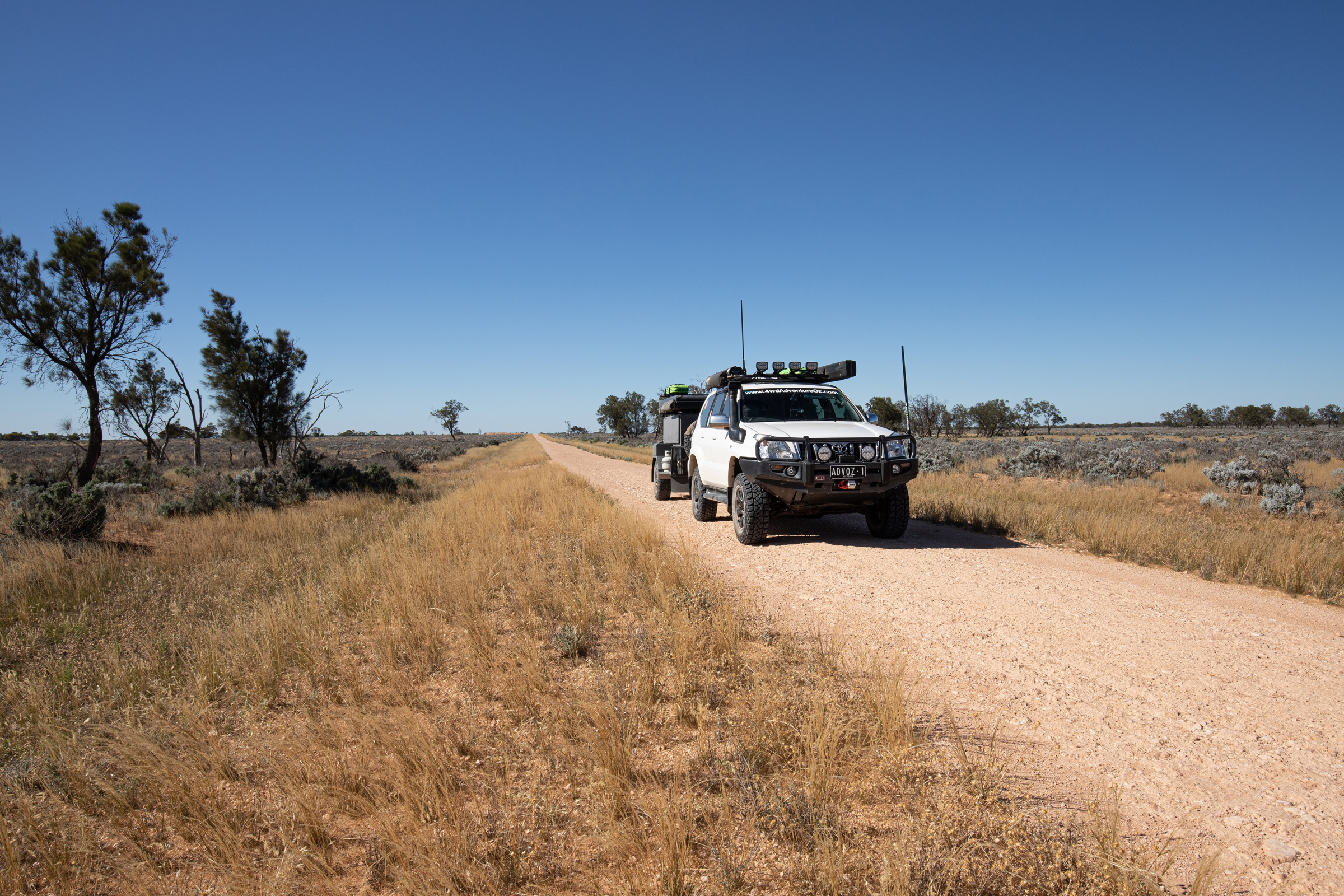
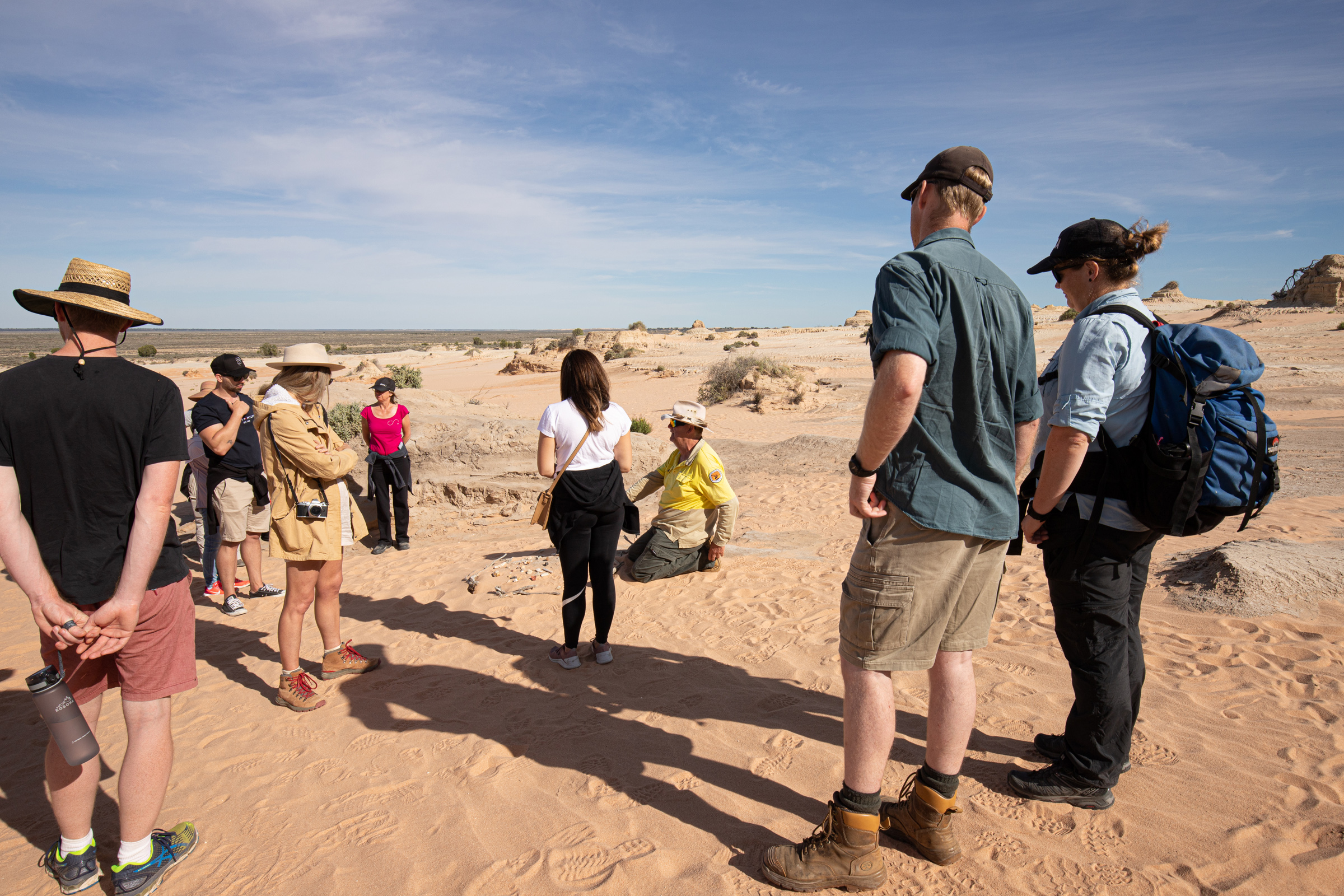
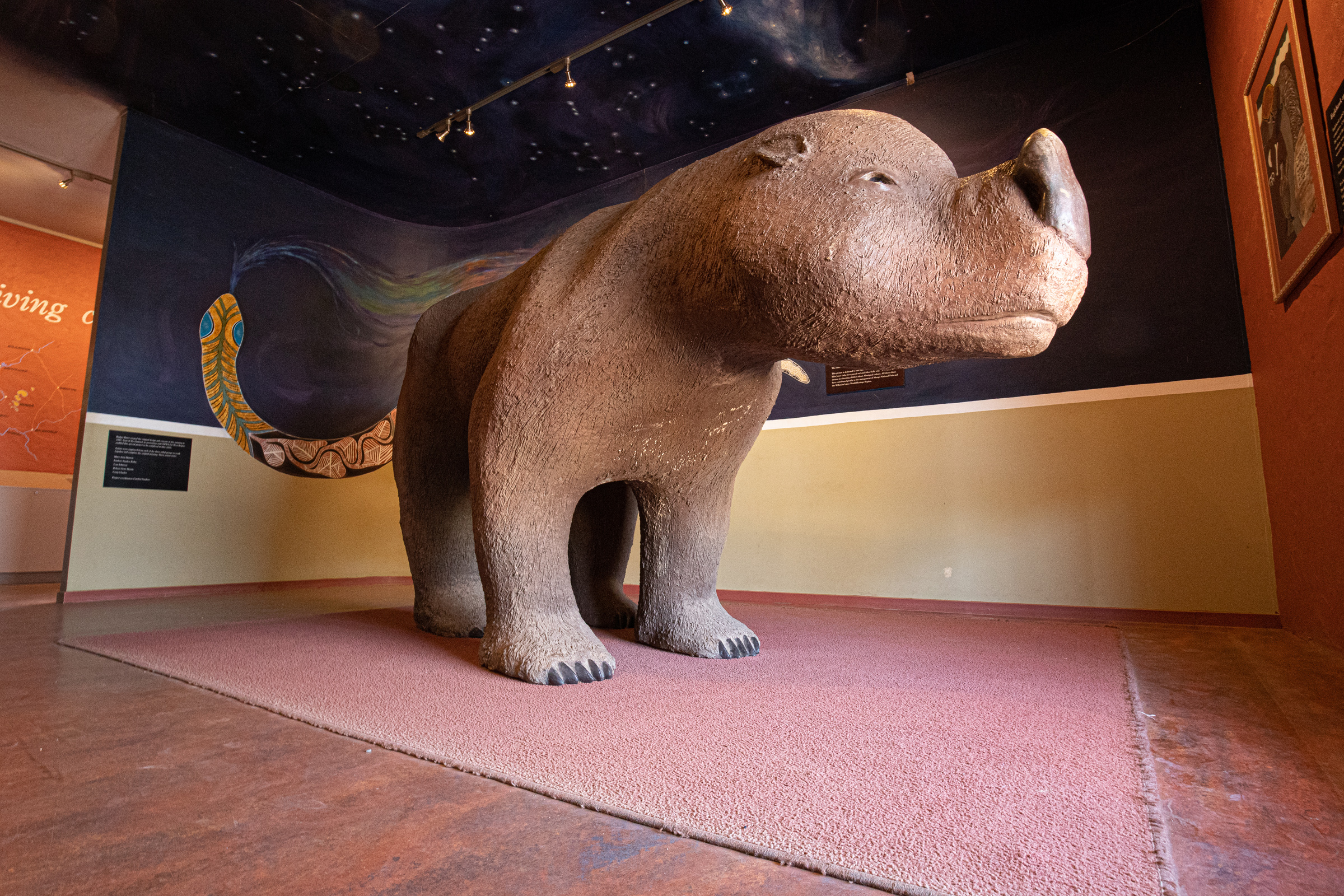
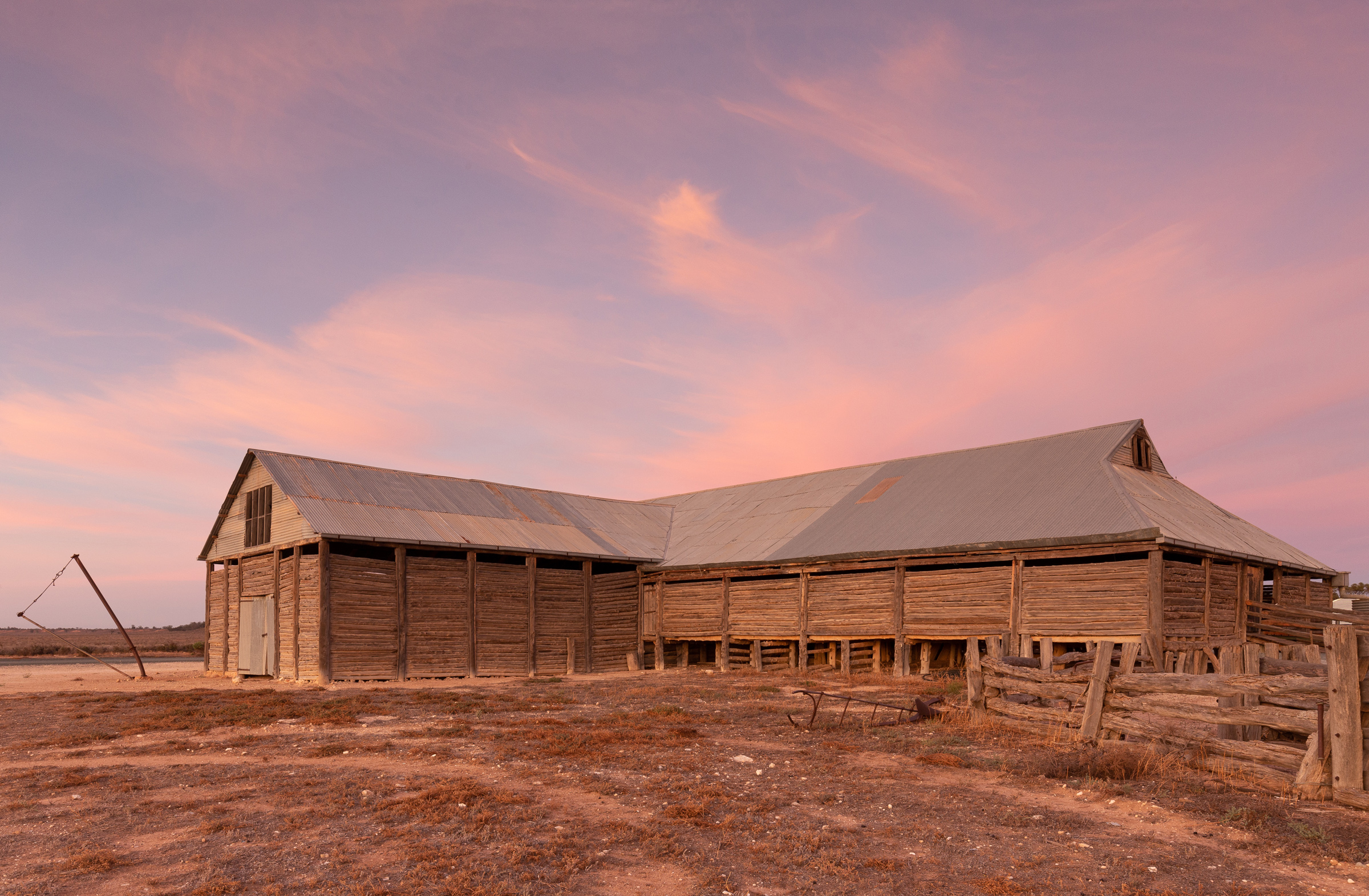
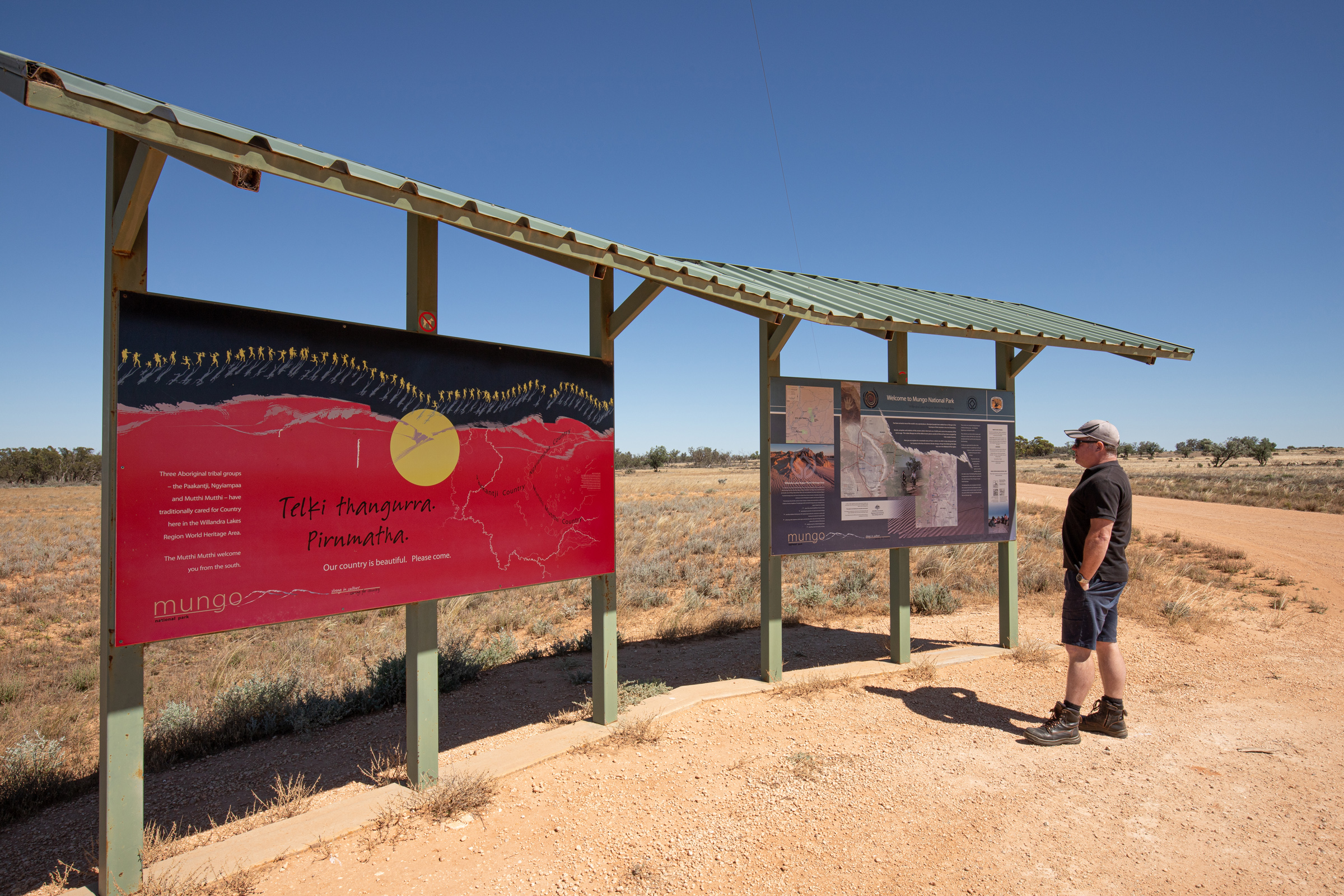

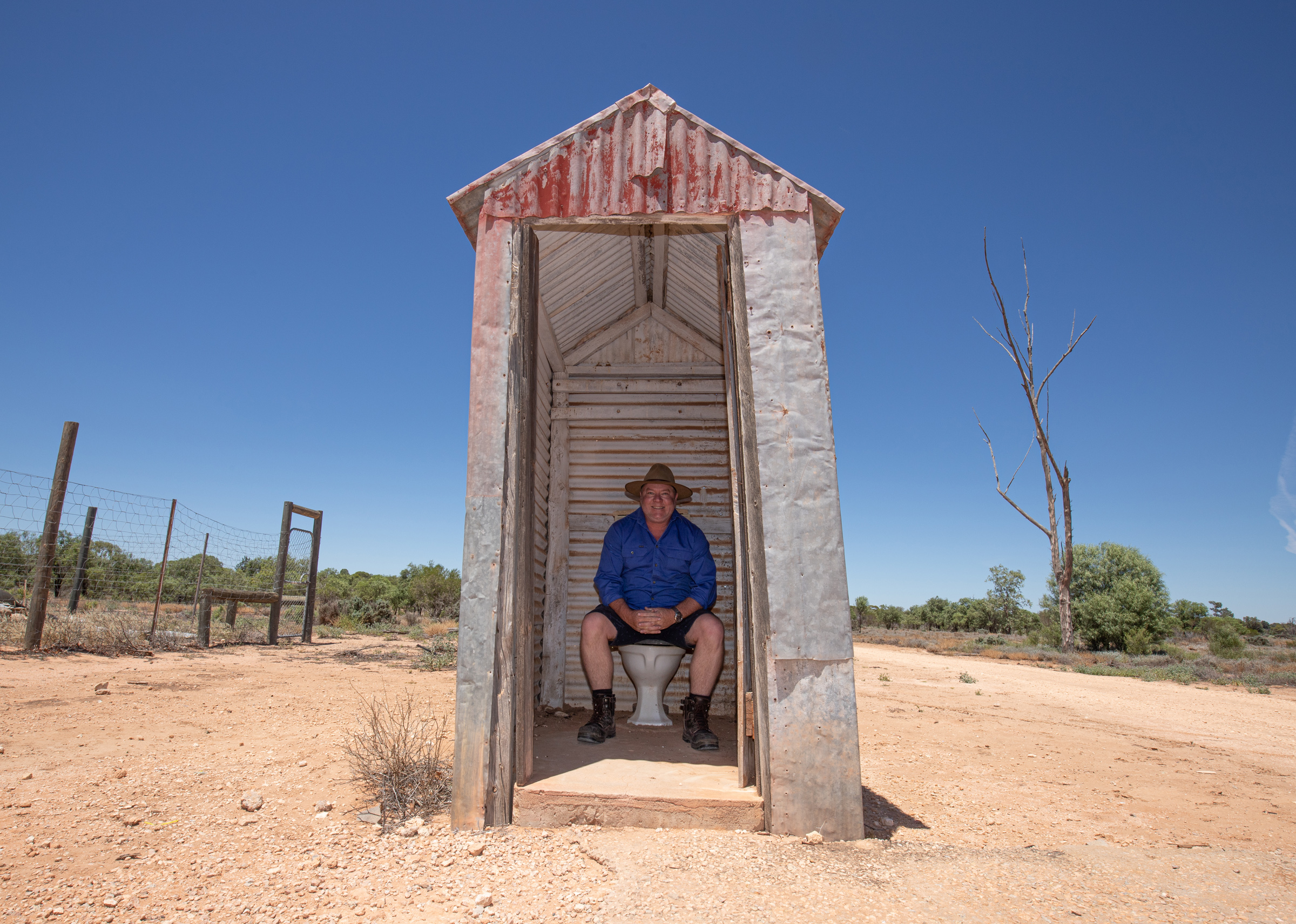
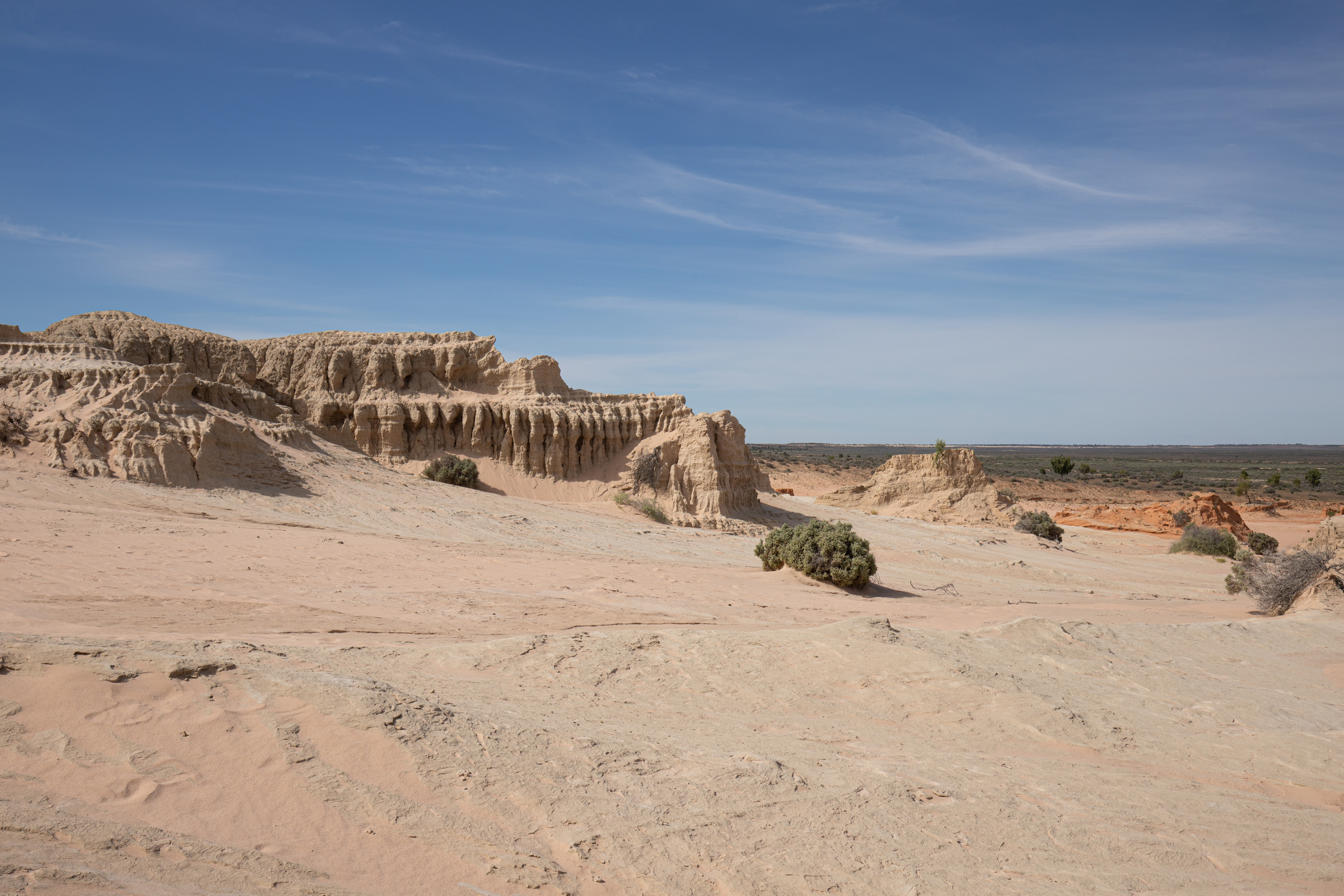

Dropping some air out of the tyres, including the camper trailer, turned out to be a good call as the road conditions changed with the property borders, wide and well-graded in places, narrow and water damaged in others. The 49km drive was welcome though, the openness of long, dry lakebeds now wheat fields and grazing country for sheep. The saltbush dominates in places and then the mulga appears as you progress further north.
I was surprised by a long stretch of bitumen from the junction with Marma Box Creek Road, but thankfully it finally ended, and the burnt orange sands took over as dune country set in. Having followed the signs and turning towards the Willandra Lakes and Mungo, you’ll find yourself driving on Arumpo Lake, another ancient lakebed devoid of water. Once off the lake, the dunes return and soon, you’re scouting Lake Mungo, the open expanse dominating the views on your right.
The turnoff to the campground soon appeared and I took the turn to drop the camper off before exploring the National Park further. The campground was busy, with online bookings the only way to get a spot. I’d already booked a site, so drove the circuit until I found a nice big site complete with shelter, table, firepit and rainwater tank. Having plenty of water on board, I could leave whatever water remained in the tank for others. As restrictions had already kicked in, fires weren’t allowed.
I was surprised to find a Telstra 4G signal available, but my iPhone was playing up, so no voice calls were possible, only data. Facetime worked for voice calls though. Talking to the rangers, this has only been up and running since the beginning of December 2020.

Cultural learnings
The next day began with a 2km drive to the Visitor Centre to join the Mungo Aboriginal Discovery Tour and once everyone in the group had arrived, we followed the ranger on the short drive out to the Walls of China.
Once welcomed to country the group was led out along the boardwalk and onto the lunettes. Access beyond the boardwalk to the lunettes is only possible for those on Discovery Tours and it is a “must-do”.
We heard how the Aboriginals came to be at Willandra, what they ate, where they lived and how they were buried. We were shown ancient shell middens, old carving stones and places where fires had been lit. It’s just amazing to get so close to such an ancient place.
The story of how the Mungo Lady was first discovered in 1968 after lunette erosion exposed her remains was amazing; “They cremated her, crushed her bones, burned her again then covered her remains in the sand.”
Over time, the lunettes developed and hid Mungo Lady for 40000 years before being discovered by a geologist, Jim Bower.
In 1974 Jim also found Mungo Man while riding his motorbike around the Lake Mungo lunette. Mungo Man was buried on his back with his hands crossed upon his lap before being sprinkled with red ochre. This is the oldest known example of such a burial ritual.
“Mungo Man was about 50 years old when he died” our guide explained, “he was a hunter who suffered bad arthritis in his elbow from throwing spears. “
Upon reaching the top of a dune, we were free to explore for a few minutes before returning to the boardwalk and the end of the two-hour tour – the best fifty bucks I’ve spent in a while.

Ancient history
The nerve centre of Mungo National Park is the Visitor Centre and a couple of hours was spent reading about the cultural heritage and pastoral past. There was a short movie as well as several interpretive exhibits.
The lunette ridges of the lake formed over 150000 years, building up with sand and clays as the water levels of Lake Mungo changed over time. These lunettes make up the incredible Walls of China. The lunettes also hide ancient human artefacts, also megafauna, Tasmanian Devil and Thylacines bones that have been found at Lake Mungo.
When Europeans arrived in the 1840’s the introduction of sheep, cattle and rabbits as well as droughts and overgrazing devastated the ecosystem and sped up the lunette erosion. This erosion exposed archaeological artifacts important to the local tribes and so Mungo National Park was created in 1979 and the Willandra Lakes Region was listed as a World Heritage Area in 1981.
Mungo Track
The Mungo Track links all the main attractions of the National Park. Beginning at the Visitor Centre the 48km Mungo Track is a one-way loop suitable for 2wd vehicles and mountain bikes. It may be closed during or after wet weather.
Check out the historic Mungo Woolshed and sheep yards first. The craftsmanship that went into construction is astounding. Its unique drop log method of building occurred in 1869 using the hardy cypress pine, a termite-resistant wood. In 1922 a part of the woolshed was removed and relocated to build the Zanci woolshed.

Follow the road out to the China Walls then take a right and follow the edge of the lake before reaching Red Top lookout. A short boardwalk offered views along the lunette with deep ravines eroded by the prevailing winds. This is a popular spot at sunset.
You may encounter a long stretch of bulldust as you drive onto the plains then continued along the track, bordered by saltbush, bluebush rosewood and belah trees. Keep a lookout for kangaroos enjoying the shade of the sugarwood trees as you may startle them.
Allen’s Plain Tank was established by the early settlers and was once covered in rabbit warrens before they were successfully eradicated. There was still plenty of water in the tank, but not as much as in 1956 when locals decided to try water-skiing.
Entering the Mallee dunes area porcupine grass replaces the saltbush and a perfect smoko stop appeared at the aptly named Mallee Stop. There is a 500m loop walk here and the information sign suggests keeping an eye out for lizards.
Belah Camp is the second camping area in Mungo and is perfect for a picnic lunch, taking advantage of the picnic tables under the shade of a Mallee Gum. Fires are not allowed at this remote campsite.

If you want to see how wild goats are caught in the backcountry, Round Tank is the place to check it out. This ingenious system lures the goats into a fenced-off cage with water. Once in the cage, the goats can’t get out!
Vigars Well is a highlight on the loop track. It’s not so much the well, but the massive dunes that dominate. Climb to the top of the largest dune and check out the views. Sliding down the dune on an esky lid like a kid would be perfect here.
Once you’ve re-crossed over the lunettes, the track leads along the lake floor of Mungo heading toward the western edge where red dunes dominate the shoreline. Covered with bluebush and other native grasses, the sheep that grazed this lake devoured this fodder to the detriment of the land.
Upon reaching the red dunes on the western bank, cypress pines are beginning to regenerate, their population devastated by the popularity in their strength and suitability for building and you’ll soon reach the old Zanci Homestead.

Pastoralist Heritage
Mungo was once part of Gol Gol Station but in 1921 it was divided into smaller lots under the soldier settlement scheme, creating several new stations including Mungo and Zanci.
The Zanci Homestead site offers an insight into the hardships that the Vigar family went through trying to establish themselves. The drop log woolshed still stands proudly as do the stables, a testament to the longevity of Cypress Pine.
When I walked down the stairs into the dugout where the family spent their time during the tortuous summers, I was struck by the enormity of it all and how hard it must have been. The dugout was also used as a cool room for food storage.
Allow time to read the informative boards that have been erected in the old woolshed. Tracing the pastoral heritage of Mungo from its 1850’s origins to when its life ended as a working property and became Mungo National Park in 1979. Zanci joined the Park in 1984.
The Zanci site is also part of the 7km Pastoral Heritage Walk. Leaving from the Visitor Centre this medium level walk follows the foreshore of the lake and up into the dunes and the shady Cypress Pine and Mallee Gum. After exploring Zanci the return is via the airstrip. Sun protection and plenty of water is a must for this walk.

Surely there’s more?
If you don’t feel like cooking dinner, the nearby Mungo Lodge takes the pressure off with a restaurant-quality menu and extensive beverage list. You can also book sunset tours from here but get in early as it’s tough to snag a seat.
A walking track from the Main Camp takes you to Mungo Lookout that offers expansive views across the ancient lakebed. It’s a beautiful vista and a perfect place to catch a colourful sunrise.
And, as the sunset on another remarkable day, I sat and wondered if the whistling in the trees around me were the spirits of Mungo Lady and Mungo Man watching me in their sacred land.

TRAVEL PLANNER
Getting there:
Mungo National Park is in the southwest corner of NSW approximately 110kms from Mildura, 150kms from Wentworth, 170kms from Ivanhoe and 150kms from Balranald. Access to is via 2wd unsealed roads that may be closed during and after wet weather. Always check the weather and road conditions before travelling. Cash is required for vehicle entry fees ($8 per day), camping fees ($24 per adult per night) and the Mungo Aboriginal Cultural Discovery Tours ($50 per adult).
Where to Stay:
Main Camp: Pit toilets, amenities block, free gas barbeques, fireplaces and picnic tables, showers and flush toilets available at the Visitor Centre.
Belah Camp: Pit toilet, picnic tables, no fires allowed.
Shearers Quarters: Five rooms that sleep 27 people with showers and flush toilets. Visitors need to supply linen. The communal kitchen has cooking equipment, utensils, fridge and a stove.
Mungo Lodge: Four-star accommodation with cabins, powered/unpowered caravan and camping sites, restaurant, bar and lounge, pets welcome. Mungo Lodge is located just outside the park boundary.
Best time to visit:
The best time of year to visit is in the cooler months, April to November, as the weather is more comfortable.
More Info:
https://www.nationalparks.nsw.gov.au/visit-a-park/parks/mungo-national-park




